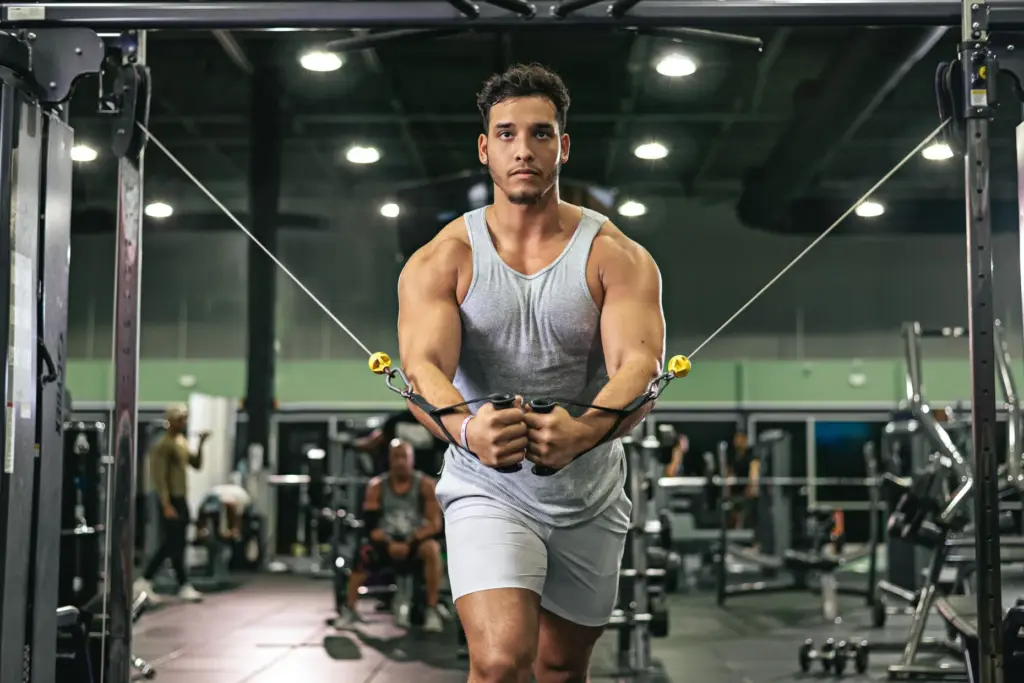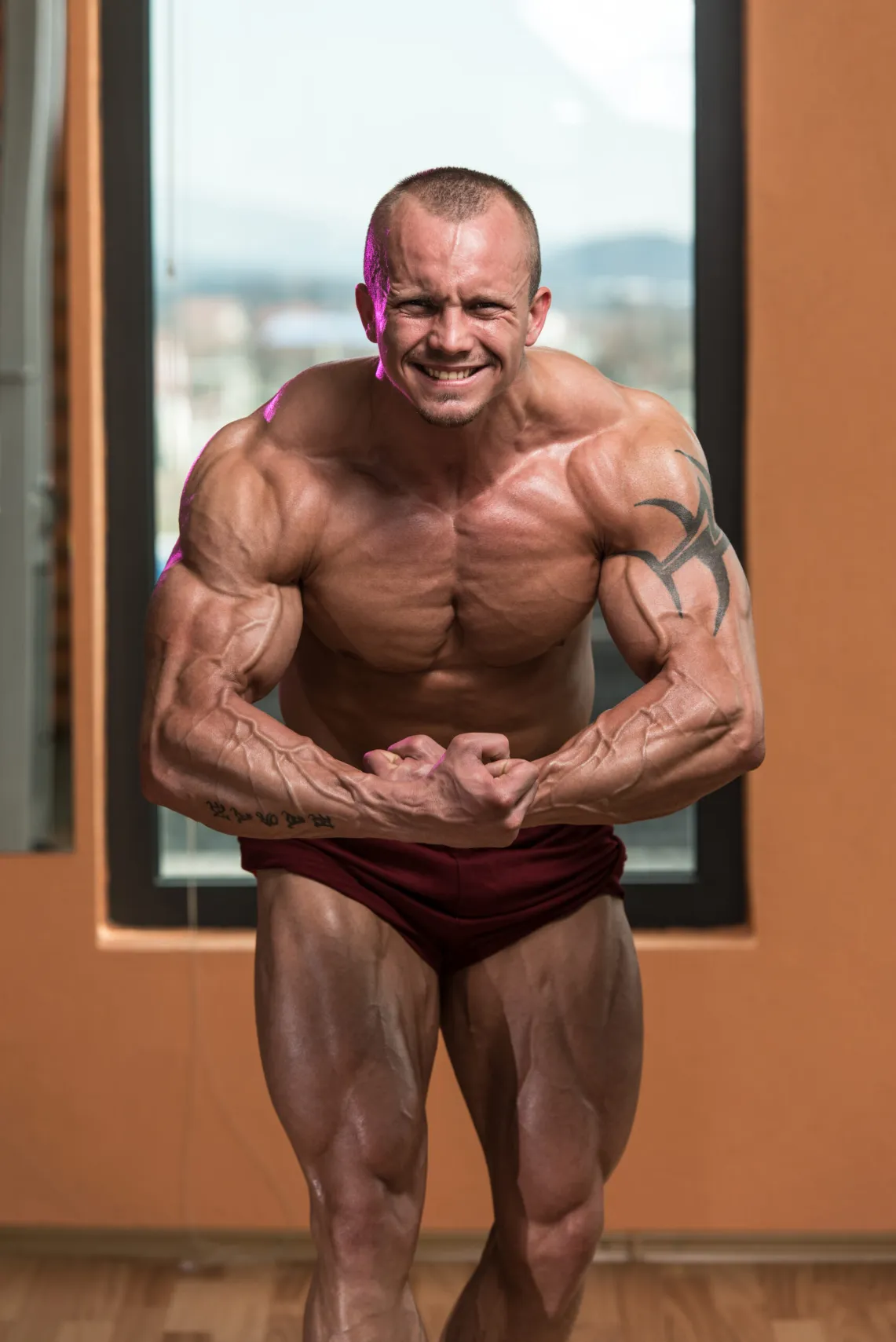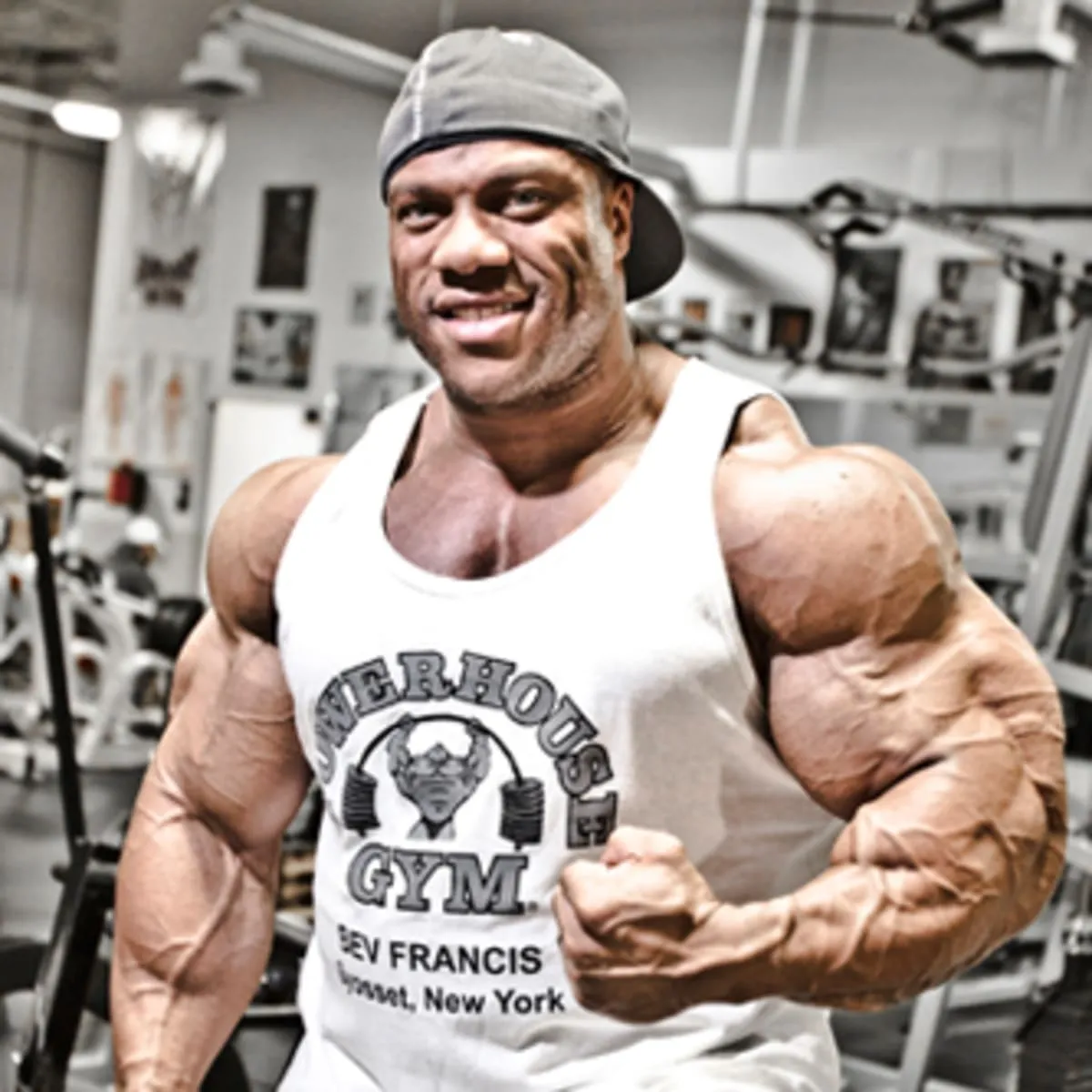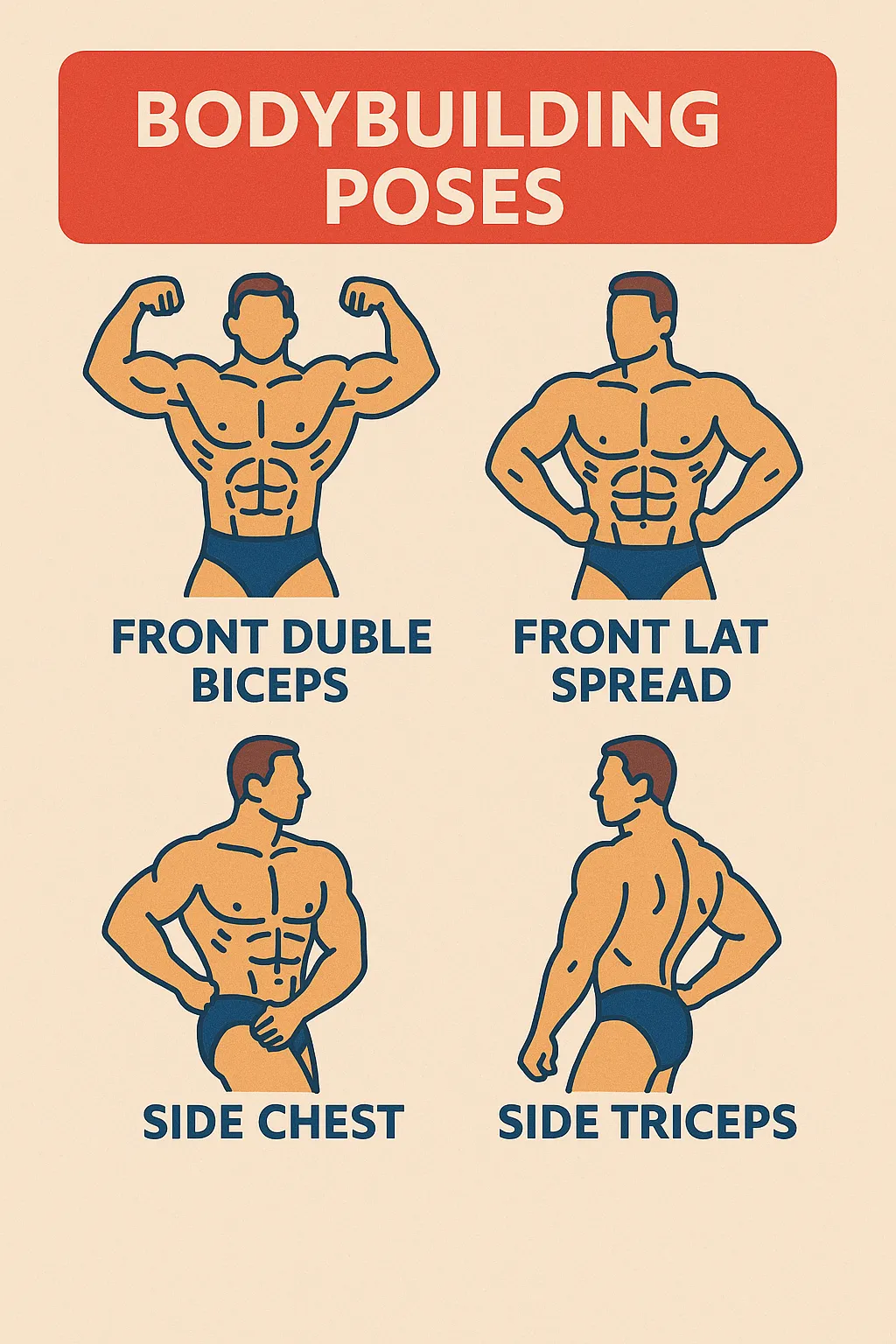Bodybuilding and powerlifting are two of the most prominent fitness disciplines. Each has distinct traits that attract exercise enthusiasts with varying aspirations.
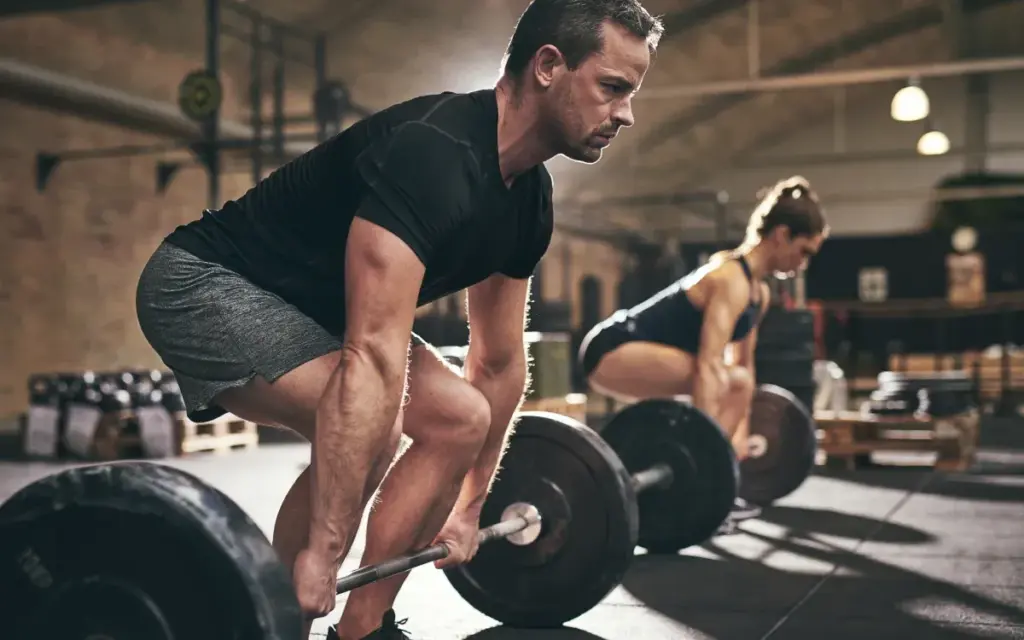
Let’s look at the distinctions between bodybuilding and powerlifting so you may choose the course that best fits your fitness goals.
What is Bodybuilding?
Bodybuilding is a type of physical exercise and sport that focuses on developing and strengthening the muscles of the body through a combination of resistance training, aerobic exercise, and diet. The basic purpose of bodybuilding is to sculpt and build muscular mass, emphasizing symmetry, proportion, and definition.
This is accomplished through specialised weightlifting programs that concentrate on certain muscle regions, such as the chest, back, legs, and arms. Bodybuilders frequently follow an organised workout regimen that incorporates a variety of exercises and training strategies to promote muscle growth and obtain the desired physique.
In addition to training, nutrition is essential for bodybuilding. Bodybuilders meticulously plan their diets to ensure they get the correct combination of macronutrients (proteins, carbs, and fats) and micronutrients (vitamins and minerals) to help with muscle building, recovery, and overall health. Bodybuilding encompasses several phases, including bulking (growing muscle mass) and cutting (reducing body fat to improve muscle definition).
Bodybuilding competitions allow competitors to demonstrate their physiques, which are judged on qualities such as muscle size, symmetry, and presentation. Bodybuilding is not simply a physical activity, but also a discipline that needs devotion, consistency, and a comprehensive approach to training and living.
What is Powerlifting?
Powerlifting is a strength sport that focuses on three main compound movements: the squat, bench press, and deadlift. The goal of powerlifting is to lift the most weight possible in these three lifts, which are conducted in a competitive atmosphere.
Each competitor normally has three attempts at each lift, with the best successful attempt for each action added together to calculate their total. Unlike bodybuilding, which emphasises aesthetics, powerlifting focuses entirely on the highest amount of weight lifted in these specialised exercises.
Powerlifting scoring is based on a lifter’s ability to accomplish lifts in accordance with the rules and regulations established by the sport’s governing bodies.
Competitors are sorted into weight groups to promote fair competition, and winners are decided by comparing the total weight lifted to their body weight. Powerlifting takes a combination of strength, skill, and mental attention, making it a difficult but rewarding sport for those that compete.
Bodybuilding vs. Powerlifting: Key Differences
The primary distinction between bodybuilding and powerlifting is that bodybuilders train to gain muscle mass and lose body fat, whereas powerlifters aim to improve their one-rep max for squats, deadlifts, and bench presses.
However, other important distinctions should be made, particularly when deciding which type of training to pursue.
Training Split
Bodybuilders frequently use a split regimen, which targets specific muscular areas on different days. The most typical is a push, pull, and leg split, with a day off in between.
This allows you to run the split twice. A bodybuilding split allows you to focus on each muscle group separately, allowing your body to grow and develop at a consistent rate.
Powerlifters often follow a more condensed training schedule, focusing on the three main lifts. Training sessions are focused on boosting performance in the squat, bench press, and deadlift. This is because powerlifters prioritise maxing out their load for these three exercises.
Exercises Used
Bodybuilders and powerlifters perform comparable exercises, but there is a significant difference. Bodybuilders will perform the same exercises as powerlifters, but not always.
As previously stated, powerlifters primarily focus on the squat, bench press, and deadlift. As a result, these three exercises dominate the majority of powerlifting programs. Other exercises included in the program are usually auxiliary exercises or variants, such as:
• Squat: Front, sumo, back, and goblet squats.
• Deadlift: RDLs, stiff-leg deadlift, single-leg deadlift.
• Bench Press: Incline, Close Grip, and Wide Grip
Bodybuilders, on the other hand, use a variety of isolation and compound exercises to specifically target individual muscles. So, in addition to squats, deadlifts, and bench presses, bodybuilders will perform workouts such as bicep curls, tricep extensions, and leg press.
Bodybuilders compete by displaying their physique at bodybuilding competitions, where judges assess muscular size, symmetry, and presentation.
Bodybuilding is not simply a physical activity, but also a discipline that needs devotion, consistency, and a comprehensive approach to training and living. Bodybuilders frequently spend 12-16 weeks preparing for a bodybuilding competition. Powerlifting events revolve around three major lifts, with participants scored on the amount of weight lifted in each.
The goal is to lift as much weight as possible for a single rep. In a competition, you normally only have three efforts to reach your maximum capacity, and the winner is selected by the greatest total of their squat, deadlift, and bench press. You are not required to compete if you are a bodybuilder or powerlifter. Some individuals do it for enjoyment, and you can too!
Form and Technique
When performing heavy lifting exercises, both powerlifters and bodybuilders pay close attention to their form and technique. The major distinction here is that bodybuilders aim to increase the range of motion for their lift, whereas powerlifters aim to decrease it.
Bodybuilders seek to attack each muscle at different angles to maximise muscle growth, thus they try to increase their range of motion. On the other side, lifting the weight becomes easier as your range of motion decreases. That’s why powerlifters try to limit their range of motion by arching their back or performing sumo deadlifts.
Load
Powerlifters use heavier weights since their rep ranges are shorter—we’ll discuss this later. As a result, powerlifters frequently lift at 80-95% of their one-rep max. Bodybuilders, on the other hand, are more concerned with muscle growth and so prefer greater rep ranges. Bodybuilders typically work at 65-80% of their one-rep max.
Of course, this does not imply that powerlifters work harder than bodybuilders. Because bodybuilders perform more reps, they train at a similar level as powerlifters.
Reps
Now that we’ve covered the differences in loads between powerlifters and bodybuilders, let’s move on to rep ranges. Because powerlifters are focused on lifting to their full potential, most will perform low reps ranging from 1 to 5. Bodybuilders employ less weight, resulting in higher reps of roughly 6-15, depending on the exercise.
Powerlifters continue to use high rep ranges, particularly for accessory exercises and variations on their primary three lifts. However, the ratio of high to low reps varies. For powerlifters, the ratio of high reps to low reps is usually 1:3 or 1:4. (1 set of high reps versus 3 sets of low reps)
For bodybuilders, the ratio is 3:1 or 4:1 (3 sets of high reps and 1 set of low reps). The reasoning is straightforward. Powerlifters are focussing more on increasing their maximal lift capacity so they don’t have to perform as many high rep ranges. Bodybuilders need to gain muscle, thus high reps are considerably more important.
Recovery
Powerlifters often require more time to recover owing to the intensity of their lifts. Powerlifters must recover properly, therefore maxing out every workout is not a good idea because it can lead to overtraining and joint injury.
Most powerlifters require 48-72 hours between maximum lifting sessions to fully recover. During this time, powerlifters can work on other exercises to improve their lift while also getting enough nutrition and rest to recover their muscles.
Bodybuilders prioritise recuperation with enough sleep, diet, and planned rest days for specific muscle areas. Some bodybuilders use gear for recovery, while it is not permitted for competition use.
Bodybuilders can exercise more regularly than powerlifters because they do not lift as much weight. However, bodybuilders should still allow ample time to recover between exercises, which is why the majority of bodybuilders will spend one day relaxing each week.
Rest Time
Bodybuilders commonly use shorter rest intervals. Bodybuilders typically spend 1-3 minutes between sets, depending on whether it is an isolated or complex workout. Powerlifters, on the other hand, take longer rest intervals between sets because the load they lift is closer to their one rep max. This means that powerlifters will rest for 4-8 minutes between sets to maximise force during lifts.
Bottom Line
So, powerlifting versus bodybuilding? Which one should you choose? The decision ultimately comes down to what you want from your training. Bodybuilding is the finest way to achieve a chiselled and well-defined physique.
If you want to increase your raw strength and enjoy lifting huge weights, powerlifting is a superior option. At the end of the day, both are excellent for physical training, and your health will benefit immensely regardless of which you choose. Remember to workout wisely and get enough rest in between, and you’ll perform amazingly!

